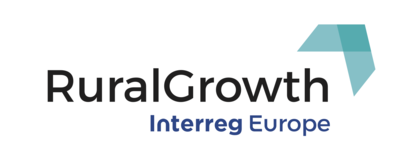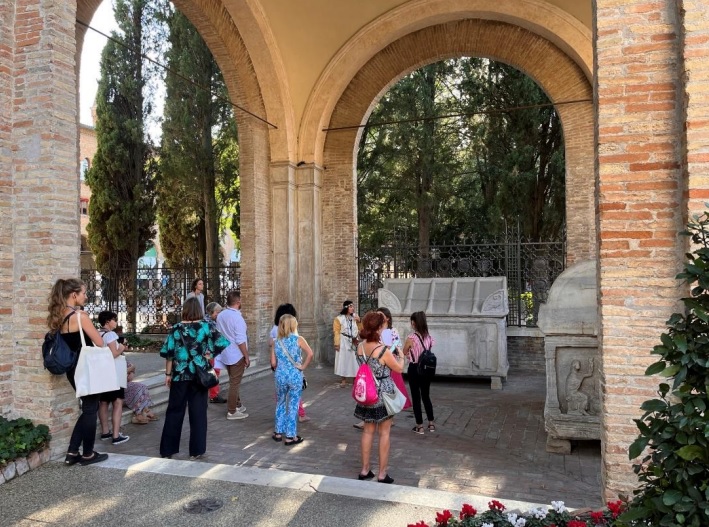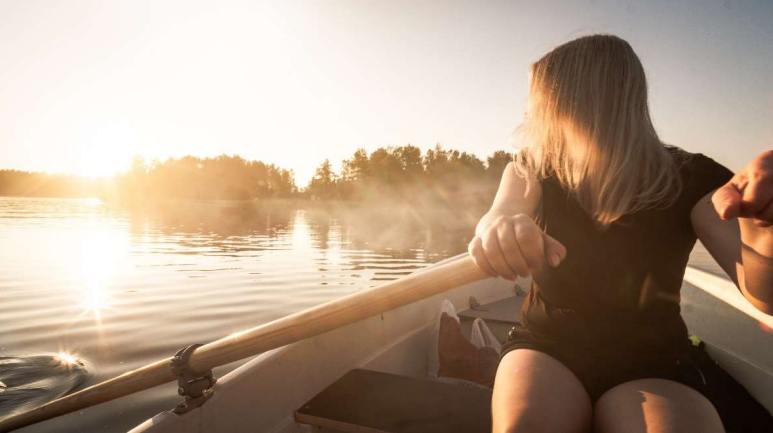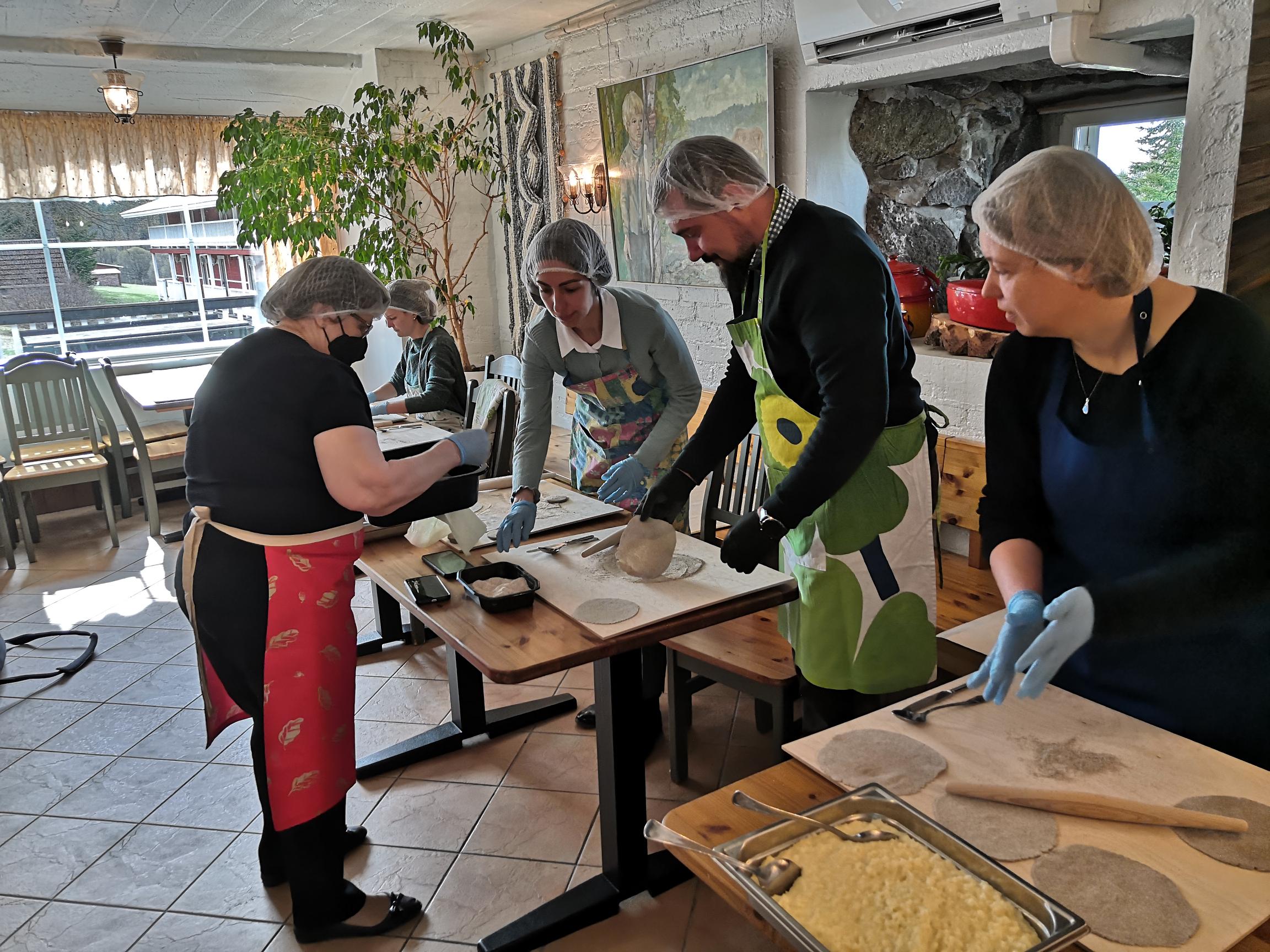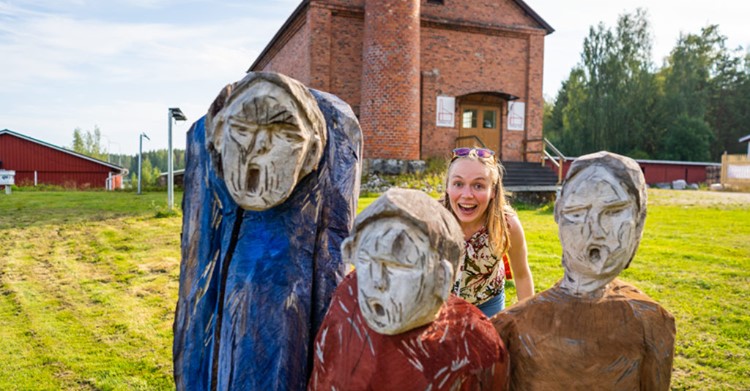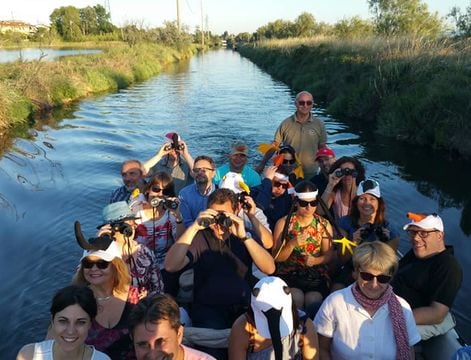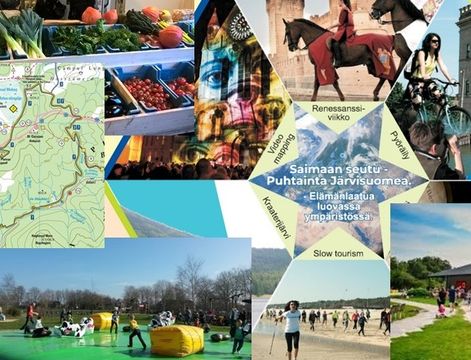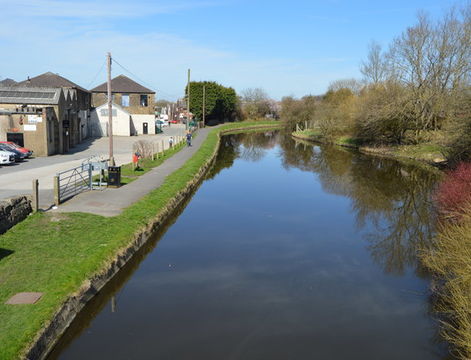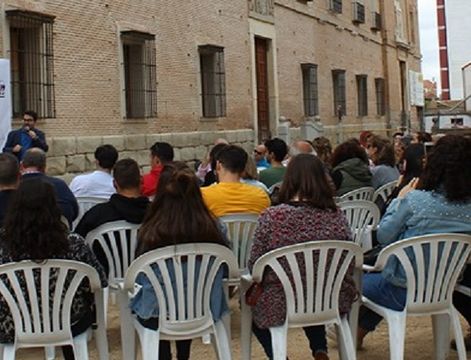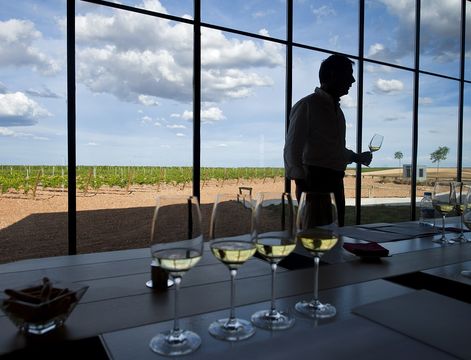At the online final seminar in September 2020, each partner presented their results of five years work. We were proud to see how much work, successes, and changes occurred in each region.
Catrien Scholten from the Province of Drenthe (The Netherlands) summarized the challenges identified at the beginning of the five year project:
“We performed a SWOT analysis looking for the reason why tourism sector is not booming, while we have so high visitor satisfaction with the beautiful nature and cultural history? There are many small companies from the 1960-70s, but no large nationally operating companies in the region. Takeover by the next generation was found to be difficult and not accompanied by innovation and standards were found to be lacking. We decided to conduct a survey among potential visitors of the region. It confirmed that potential visitors could not find enough information, but once arriving, they were surprised by the diversity of the offer and the very hospitable reception. “

Catrien Sholten’s analysis of the rural situation is representative of problems phased by other partners as well. In addition to the bottlenecks identified in Drenthe, partners wanted to tackle issues related to competencies and capacity building as well as improved networking.
"We were inspired by various practices of partners: Savonlinna showed us a good practice of a joint online platform Visit Savonlinna." Other benefits summarized by Drenthe reflect the satisfaction of other partners as well:
"In Medina Del Campo we saw collaboration around historical stories through the Medieval festival combining culture and local products to attract visitors. In Nagykanizsa, we were impressed with the cycling facilities and the dedication of entrepreneurs in bicycle tourism. Hargitha county let us experience the power of authenticity. And we convinced by the quality of the facilities and the will of the entrepreneurs to build something new and bigger through improved cooperation. Finally, in the Po Delta, we saw a good example of joint sales and marketing. This collaboration makes small operators much more visible together. Many partners also started considering the model of local, community based slow tourism as a visitor attraction as demonstrated by Po Delta."
Rural Growth partners were successful in implementing change and influencing policy in their regions. The cumulative effect on EU structural funds programmes was 4,5 million euros. A total of nine other policy instruments (e.g. LEADER programmes) were influenced with value of 4,7 million euros. Transfer of good practice in policy influencing was the desing of calls in LEADER programmes in Nagykanizsa, inspired by Medina del Campo support for visitor economy clusters such as the Rueda Vine Route. Savonlinna promoted the involvement of SMEs as beneficiaries of structural funds projects. The number of involved SMEs increased by 160 to a regional total of 460 reaching 13,4 % of target group in projects promoting market-driven commercialization of rural assets and digitization. Drenthe utilized shared experience of Po Delta (joint promotion of visitor centres) and the Visit Savonlinna website. This website also proved beneficial for Harghita County as they developed the Visit Harghita mobile application using the gained knowledge.
In Medina del Campo an old hospital building turned into a Regional Hub for SMEs. The project was born during an exchange meeting of RuralGrowth based on the idea and good practice shared by the Advisory partner Newcastle University, since then the project was funded by the Regional Government and implemented successfully.
Encouraged by Savonlinna experience in start-up incubation, Po Delta area in Italy adopted similar approaches to mobilize the rural SME sector for product development and with the help of LEADER subsidy. Savonlinna was inspired to develop cultural tourist/pilgrimage routes on the basis example of Romanian/Eastern European Via Mariae and successfully prepared route proposals for the Cultural Routes of Europe (at the event of joining the Enlarged Partial Agreement of the European Council by Finland in 2017).
There were 19 good practices formally shared in the project (two of them acknowledged by IE experts). Six of these fall in the category of innovative new rural business concepts and/or business restructuring (on company level). SME networking was addressed by six good practices. Further, five good practices fall into category of attraction development. In the area of enhancing the business environment and supporting business incubation, one good practice was documented in each category. It should also be noted that stakeholders appreciated possibility for exchange and during the exchange visits a lot of spontaneous exchange for ideas and partnering took place. There were also a whole number of bilateral consultations and study visits that helped the partners to deepen exchanges and establish cooperation on more lasting level.
